#mongolian culture
Text
Married Mongolian Women’s Hairstyle in the Yuan Dynasty
Mongolians have a long history of shaving and cutting their hair in specific styles to signal socioeconomic, marital, and ethnic status that spans thousands of years. The cutting and shaving of the hair was also regarded as an important symbol of change and transition. No Mongolian tradition exemplifies this better than the first haircut a child receives called Daah Urgeeh, khüükhdiin üs avakh (cutting the child’s hair), or örövlög ürgeekh (clipping the child’s crest) (Mongulai, 2018)
The custom is practiced for boys when they are at age 3 or 5, and for girls at age 2 or 4. This is due to the Mongols’ traditional belief in odd numbers as arga (method) [also known as action, ᠮᠣᠩᠭᠤᠯ, арга] and even numbers as bilig (wisdom) [ᠪᠢᠴᠢᠭ, билиг].
Mongulai, 2018.
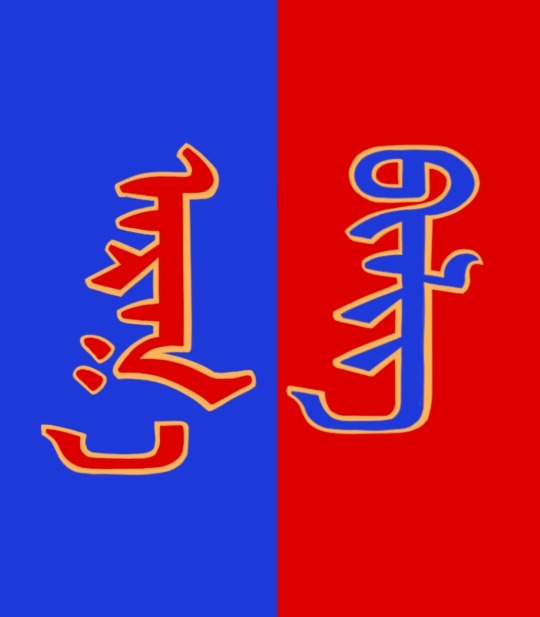
The Mongolian concept of arga bilig (see above) represents the belief that opposite forces, in this case action [external] and wisdom [internal], need to co-exist in stability to achieve harmony. Although one may be tempted to call it the Mongolian version of Yin-Yang, arga bilig is a separate concept altogether with roots found not in Chinese philosophy nor Daoism, but Eurasian shamanism.
However, Mongolian men were not the only ones who shaved their hair. Mongolian women did as well.
Flemish Franciscan missionary and explorer, William of Rubruck [Willem van Ruysbroeck] (1220-1293) was among the earliest Westerners to make detailed records about the Mongol Empire, its court, and people. In one of his accounts he states the following:
But on the day following her marriage, (a woman) shaves the front half of her head, and puts on a tunic as wide as a nun's gown, but everyway larger and longer, open before, and tied on the right side. […] Furthermore, they have a head-dress which they call bocca [boqtaq/gugu hat] made of bark, or such other light material as they can find, and it is big and as much as two hands can span around, and is a cubit and more high, and square like the capital of a column. This bocca they cover with costly silk stuff, and it is hollow inside, and on top of the capital, or the square on it, they put a tuft of quills or light canes also a cubit or more in length. And this tuft they ornament at the top with peacock feathers, and round the edge (of the top) with feathers from the mallard's tail, and also with precious stones. The wealthy ladies wear such an ornament on their heads, and fasten it down tightly with an amess [J: a fur hood], for which there is an opening in the top for that purpose, and inside they stuff their hair, gathering it together on the back of the tops of their heads in a kind of knot, and putting it in the bocca, which they afterwards tie down tightly under the chin.
Ruysbroeck, 1900
TLDR: Mongolian women shaved the front half of their head and covered it with a boqta, the tall Mongolian headdress worn by noblewomen throughout the Mongol empire. Rubruck observed this hairstyle in noblewomen (boqta was reserved only for noblewomen). It’s not clear whether all women, regardless of status, shaved the front of their heads after marriage and whether it was limited to certain ethnic groups.
When I learned about that piece of information, I was simply going to leave it at that but, what actually motivated me to write this post is to show what I believe to be evidence of what Rubruck described. By sheer coincidence, I came across these Yuan Dynasty empress paintings:

Portrait of Empress Dowager Taji Khatun [ᠲᠠᠵᠢ ᠬᠠᠲᠤᠨ, Тажи xатан], also known as Empress Zhaoxian Yuansheng [昭獻元聖皇后] (1262 - 1322) from album of Portraits of Empresses. Artist Unknown. Ink and color on silk, Yuan Dynasty (1260-1368). National Palace Museum in Taipei, Taiwan [image source].

Portrait of Unnamed Imperial Consort from album Portraits of Empresses. Artist Unknown. Ink and color on silk. Yuan Dynasty (1260-1368). National Palace Mueum in Taiper, Taiwan [image source].

Portrait of unnamed wife of Gegeen Khan [ᠭᠡᠭᠡᠨ ᠬᠠᠭᠠᠨ, Гэгээн хаан], also known as Shidibala [ᠰᠢᠳᠡᠪᠠᠯᠠ, 碩德八剌] and Emperor Yingzong of Yuan [英宗皇帝] (1302-1323) from album Portraits of Empresses. Artist Unknown. Ink and color on silk. Yuan Dynasty (1260-1368), early 14th century. National Palace Museum in Taipei, Taiwan [image source].
To me, it’s evident that the hair of those women is shaved at the front. The transparent gauze strip allows us to clearly see their hairstyle. The other Yuan empress portraits have the front part of the head covered, making it impossible to discern which hairstyle they had. I wonder if the transparent gauze was a personal style choice or if it was part of the tradition such that, after shaving the hair, the women had to show that they were now married by showcasing the shaved part.
As shaving or cutting the hair was a practice linked by nomads with transitioning or changing from one state to another (going from being single to married, for example), it would not be a surprise if the women regrew it.
References:
Mongulai. (2018, April 19). Tradition of cutting the hair of the child for the first time.
Ruysbroeck, W. V. & Giovanni, D. P. D. C., Rockhill, W. W., ed. (1900) The journey of William of Rubruck to the eastern parts of the world, 1253-55, as narrated by himself, with two accounts of the earlier journey of John of Pian de Carpine. Hakluyt Society London. Retrieved from the University of Washington’s Silk Road texts.
#mongolia#mongolian#yuan dynasty#mongolian history#chinese history#china#boqta#mongolian traditions#history#gegeen khan#empress dowager taji#mongol empire#William of Rubruck#historical fashion#arga bilig#central asia#central asian culture#mongolian culture#asia
273 notes
·
View notes
Photo
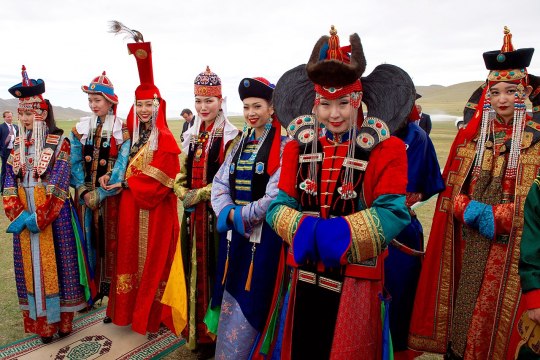
#deel#дээл#дэгэл#蒙古族#ᠮᠣᠩᠭᠣᠯᠴᠤᠳ#Mongolia#Inner Mongolia#Mongol#mongols#mongolian#mongolian people#Mongolian Folk#mongolian fashion#mongolian costume#mongolian culture#mongolian outfit#mongolian attire#East Asia#woman fashion#asia#asian#asian folk costume#Asian fashion#Asian Folk#asian costume#asian culture#asian outfit#asian attire
632 notes
·
View notes
Text

It is done
#I've been procrastinating finishing this tiny ass thing but embroidery is quiet time consuming#Mongolia#Embroidery#me#Mongolian culture#Ger#Central Asia#It's kind of poop but#🐱
11 notes
·
View notes
Text

Mongol Eowyn
#lord of the rings#tolkien fanart#tolkien fan#lotr#eowyn of rohan#rohirrim#eothed#eorlingas#mongolian culture#pencil drawing#traditional art#headcanon#mongol eowyn
77 notes
·
View notes
Text



Tbh, all of Padmé's outfits were intensely inspired by mongolian traditional dress and makeup and I hate how in the Star Wars interviews he's like "I came up with it myself I had no inspiration" and all of the makeup artists and clothing designers are like "he had this vision" I am sorry, but he did not have a vision. He basically copied mongolian culture. I am not calling "cultural appropriation" Because that is for the mongolian people to decide.
Rant over
8 notes
·
View notes
Photo



1:2-1:4-1:9-אופנה אסייתית מסורתית
#Traditional Asian Fashion#Mongolian#Tibetan#Chinese#Beautiful#Colorful#Nomadic#Jewelry#Asian Culture#Asian Fashion#Headdress#Furs#Tibetan Culture#Mongolian Culture#1:2#1:4#1:9
18 notes
·
View notes
Text
Queen Genepil (1905-1938) was the last queen of Mongolia and wife of the last Mongol Khan. After the death of her husband, she was arrested and executed in 1938, as part of the systematic Stalinist destruction of Mongolian culture and any reminders of the old regime.
In other words, eff you Stalin! She was also the inspiration behind Queen Amidala/Padmé. Killed at 33 when she was 5 months pregnant. Also: All that remained of her memory was a secret, forbidden song passed on to a historian by an old man who had been taught it by a former servant of the 8th Jebtsundamba Khutughtu, who taught it to him while the two were imprisoned by the communists.


Photo: The last queen of Bogd (1905-1938) Tsenpil (or Genepil).
https://www.tsemrinpoche.com/tsem-tulku-rinpoche/one-minute-story/last-queen-of-mongolia
https://www.reddit.com/r/interestingasfuck/comments/lhpj5j/queen_genepil_19051938_was_the_last_queen_of/
#queen genepil#mongolian#mongolian culture#stalin#josef stalin#queen amidala#padmé#padmé amidala#star wars#royalty#queen#queens#monoglian history#tsenpil#queen tsenpil#bogd#the last queen
9 notes
·
View notes
Text
English to Mongolian Language Translation: Find Your Translator Online Now!
Discover the rich Mongolian language and culture with English to Mongolian language translation
Mongolian is a unique and fascinating part of the world’s linguistic tapestry. It offers a glimpse into the culture and daily life of the Mongolian-speaking people, who have a unique Cyrillic script and nomadic roots. This article explores the complexity of the Mongolian language, its historical…

View On WordPress
#cross-cultural communication#English to Mongolian Translation#Inclusive Communication#Language Access#Mongolian Culture#Mongolian Interpreter#Mongolian Language Translation#Nomadic Heritage#professional translation services
0 notes
Text
Dothraki clothing ideas or as I like to call it trying to fix George’s mistakes


The Dothraki sea is gigantic I don’t understand why they’re all wearing the same thing. Weather affects what you wear!! There should be heavy furs and leathers farther north and light wools near the center. And everyone should be wearing multiple layers why are the Dothraki always half naked. The sun and the wind are your worst enemy if your constantly riding, you need to cover up!! Also colors need to be a thing (yes even for the average Dothraki not just the Khals)
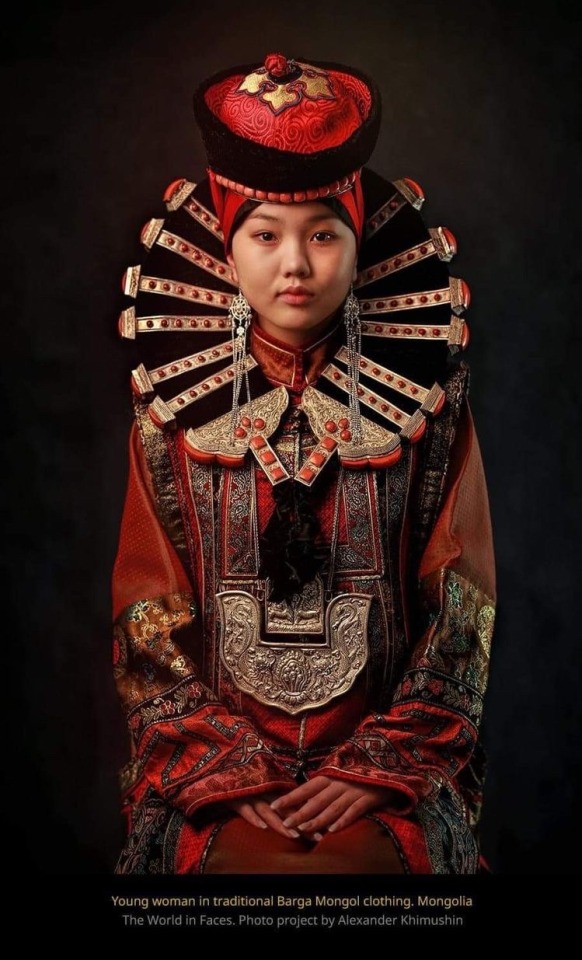

Again why are Khals and Khaleesis essentially wearing the same clothing as slaves and common folk. These people are said to have immense pride, so they should use their spoils from raids and pillages to decorate themselves lavishly. The daughter of a Khal should be dripped the fuck out in beads and metalwork and dyed heavy fabrics. The common members of the Khal would be the ones wearing worn leathers, so they can protected themselves while riding and herding


Hats and Headdresses oh my goddd why is every fantasy show afraid of covering their heads. Imagine how cool horsehair headpieces would look, maybe they’re significant for a bride or married woman or religious figure. And there should be everyday hats as well. There’s no shade in the Dothraki sea, so everyone should be wearing a variety of hats depending on weather and their status.


Silhouettes should have some similarities, but still differ from each other based on location. The basic look would most likely be a wrapped tunic with slits on the side to easily mount and ride horses, and a belt to hold everything together. And this should just be the basic shape, people would add their own embroidery or overcoats or detachable sleeves etc etc
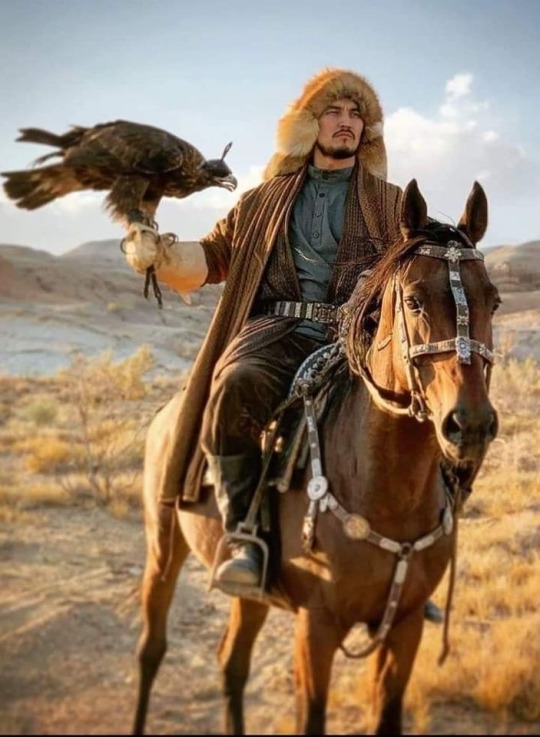
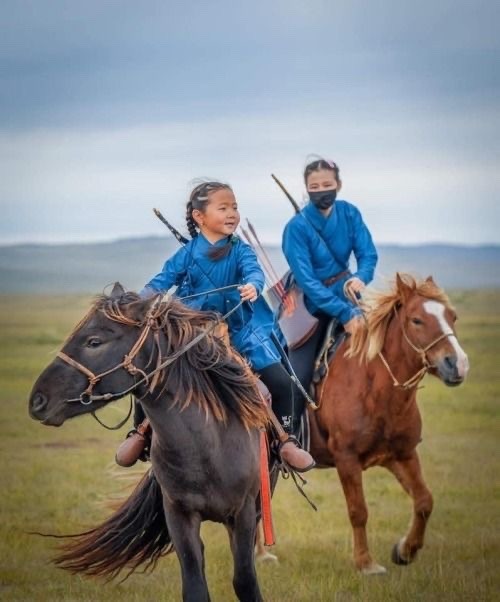
Finally: Khalasars need to be DISTINCT from each other. It doesn’t make sense that every single Khalasar we see wears tan leather and horse hair and blue paint. Maybe one tribe can be recognized by the shape of their hats or the fact that they have some clothing inspired by YiTi, because they are so close. Maybe another can be recognized by their bright blue pigment they use to dye most of their garments. This is a huge culture there needs to be distinctions based on location
#asoiaf#ASOIAF hair and clothing#hi more clothing posts#sorry this was like half a rant against Gurm but#maybe if he didn’t make the Dothraki a monolith I wouldn’t have been mad#he really could’ve gone all in on Tibetan and Mongolian culture but he just chose not to#George I’m inside your walls
1K notes
·
View notes
Text


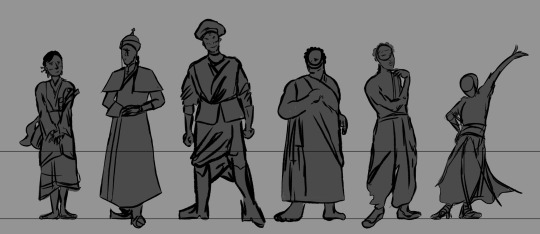
Jade Winglet (minus Umber and Carnelian 😢) designs and another Winter/Turtle doodle
#GOD tf2 following I am seriously sincerely sorry with all my heart I apologise for being a deadbeat#dragon autism…. it’s as it was spoken in the prophecy…….. it came back to bite my ass#oh btw here are the cultures they’re vaguely based off#moon - Japanese#winter - Mongolian/northeast Chinese#peril - Scottish#Turtle - Polynesian/Maori#Qibli - South Indian/Middle Eastern#Kinkajou - Indonesian#I needed some uhhh inspirations before actually designing them so where better than actual. yknow. cultures#wings of fire#WoF#WoF art#IceWing#seawing#wof au#wings of fire au#wings of fire art#wings of fire fanart#wof fanart#art#artwork#Quotidianish
215 notes
·
View notes
Text
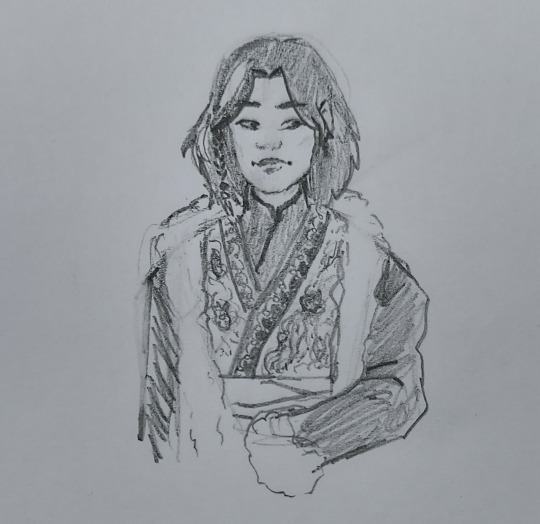
Mongolian morro anyone?
Messy sketch but I had to rush it on my lunch break so.
#i don't hold super strict to any one race/ethnic/culture hc for any of the ninjago characters#mongolian morro concept has been living in my head rent free for the last few weeks and i had to let him loose#might do a better. more refined drawing of him later idk#ninjago#morro ninjago#ninjago morro
117 notes
·
View notes
Note
have you heard of the mongolian wild horse? do you have any centaurs based on those fun little dudes?
You're talking about Przewalksi horses right? Absolutely love those dudes, but haven't actually drawn any centaurs with them, mostly because without those big magnificent heads and manes they look very similar to a fjord horse (which is the primary horse I use as inspiration for Sunny's horse-half!) or just a bay - particularly in my style when I often leave the color some form of grayscale!
I do want to include their markings more when I get more into showing my Mountain Folk centaur culture, as I imagine them with a lot more small wild horse/pony and primitive style markings (shoulder crosses, back lines, and leg stripes) like fjords and mongolian wild horses

However I have been getting better at understanding and using different horse comformations in my designs and I've been doodling a ton of mongolian domestic horse bodies! Particularly since that is more the body-type I think makes more sense to be predominant in my Rider culture.
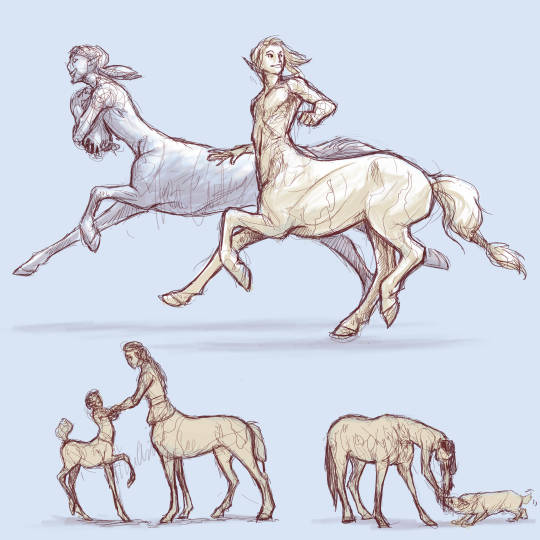
#asked and answered#centaurs#doodles#Centaurs: Mountain Culture#Centaurs: Rider Culture#mongolian wild horse#przewalski's horse
252 notes
·
View notes
Text
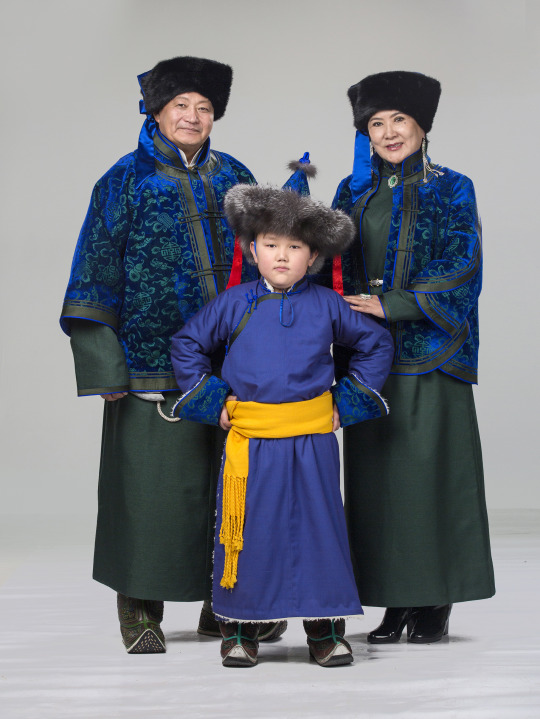
#дээл#дэгэл#deel#mongolian costume#mongols#mongolian#mongolia#inner mongolia#mongolian fashion#mongolian people#mongolian culture#mongolian folk#mongolian attire#mongolian outfit#asian folk costume#woman fashion#man fashion#kid fashion#child fashion#asian#asia#east asia#asian costume#asian culture#asian fashion#asian folk#asian outfit#asian attire
144 notes
·
View notes
Text
i was poking around to see if i could find enough fancasts to do a graphic of Indigenous Stark fancasts and i found a great Sansa and Jon but struggled to find anyone else which is kinda funny to me lol. but look at them!!


his name is Asivak Koostachin and her name is Riit (or Rita Claire Mike-Murphy) and they're perfect!!
#she even has lighter hair and they both have long faces i love it#getting on my soap box#jonsa#jon snow#sansa stark#actually i think i found an arya it's just that one of them looks a little too old and the other is a little too young#starks are indigenous and you can fight me about it @ george#he literally threw in the land bridge (that wasn't real WE WERE ALWAYS HERE BITCH IF SCIENTISTS ACTUALLY *TALKED* TO US THEY'D KNOW THIS)#BUT THEN HE STILL MADE THE NORTHERNERS WHITE??? GEORGE. U COULD HAVE MADE THEM MONGOLIAN. BROWN PEOPLE DO EXIST IN COLD CLIMATES I SWEAR#NOT EVERYTHING WAS INVENTED BY YTS. ANYWYAY. these tags aren't relevent except to the argment that the REAL indigenous people are the cotf#which is a deepy racist argument that annoys the shit out of me. oh so the only indigenous people in westeros are not the ones whose cultur#us considered superstitious and was stamped out by Fantasy Catholicism who got here ON A LAND BRIDGE and have long faces and dark hair#its the green people with magic. yes. that's not a weird thing to say at all!!!!!!!!!!!!#fancasts
35 notes
·
View notes
Note
helloooo!!! your art is GORGEOUS and i'm always so impressed with your clothing designs, especially for the gaang! how do you find references and/or implement cultural elements into your designs so nicely? thank you!!
First off I recommend this blog> @atlaculture
It's the base basically, it has different clothes, accessories, hairstyles etc from the show and links it to the culture they seem to be inspired of!
Then I spend hours on pinterest and I try to search websites on Google where they explain like..that specific different culture. For example the last thing I checked was the chuba and there are various websites (Wikipedia included) where they explain in details how it is made and how it is worn or like, maybe i go on clothes websites of that specific culture (for the fire nation belts i go to thai clothing stores online most of the time)
Hope this helped! Fashion is a big passion for me and getting to learn about different clothes from different cultures is such a beautiful thing! I love learning more
#i try to read as much as possible but sometimes errors happens#so you document yourself more and try again#i'm not from these cultures so it requires research especially to know the names of the specific item#knowing the structure will also help you drawing the item better#you get to understand how it should fold and where the seams go or how it should be closed#i also try to have like..specific references and have a clear idea in mind#for example my yue is heavily inspired by mongolian and siberian type of clothes#so i know i gotta go there u know! starting with a clear idea helps you going to a specific direction#so i reccomend searching as many references you cand and THEN start drawing and keep documenting on the way
42 notes
·
View notes
Note
Has Lotor died milkshakes yet? And if not, how would he react?
considering Lotor's residency at the Castle of Lions is still very much at the "technically not a prisoner but hardly a welcome guest" stage, no lmao, he's yet to be offered a milkshake 😂
as for his reaction, I actually like to think of the human proclivity for drinking the milk of other species' as being something of a universal rarity that has many an alien side-eyeing one another. Prioritising the feeding of human milk to our young makes perfect sense—that's it's biological purpose, after all—but for us to have built a global culture that so regularly farms the milk of other creatures, while turning our noses up at the mere mention of an adult drinking our own species' milk is,,,, really weird?
so while I don't think Lotor's reaction would be as overtly negative as allura's & coran's were, I do think he'd have a lot of questions as to the //why// of it all, because when you really think about it... it's kind of a bizarre line for humans to have drawn? We do have some cultures on Earth that think nothing of drinking breast milk—like mongolia!—and I'm inclined to say that imperial society operates more along these lines. Biologically speaking, sustained proximity to a nursing kitling will trigger lactation in any adult galra, irrespective of biological sex; this historically ensured the survival of galra young when resources were sparse (remember, Daibazaal was largely desertous) as even if the parents were struggling to produce the quantity / nutritional quality of milk necessary to feed their child, the group as a whole would be able to supplement the kitling's diet. In the modern day, however, where Imperial citizens rarely want for anything, there is often an overabundance of milk to go around, and so it is either shared with the local community or shipped off to be distributed across the Empire for all manner of uses: milkshakes included!
#the article I've linked regarding mongolian breastfeeding norms is actually so interesting to me#not to mention it illustrates a much healthier culture around breastfeeding than the one I was raised with imo#Ao3 Little Blade#sa screams back#galra history & culture#prince lotor
27 notes
·
View notes